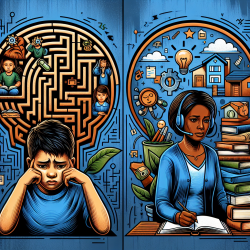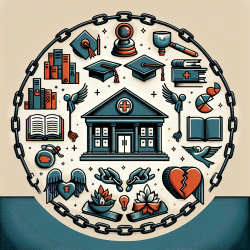Introduction
The Illinois State Board of Education (ISBE) emphasizes the importance of equipping all children and adolescents with the skills needed to contribute meaningfully to society and reach their full potential. This mission includes providing safe learning environments, excellent educators, and equitable opportunities, achieved through data-informed policy development in partnership with educators, families, and stakeholders.
The Current State of Reading in Illinois
The National Assessment of Educational Progress (NAEP), often called "The Nation's Report Card," offers a snapshot of student knowledge across various subjects. In 2022, 62% of Illinois fourth graders scored at or above the Basic Level in reading, aligning with long-term trends in the state. However, only 27.4% of third graders met or exceeded English Language Arts standards, highlighting a significant gap in reading proficiency. The state's Every Student Succeeds Act (ESSA) Plan aims for 90% of third graders to read at or above grade level, necessitating a closer examination of causes, barriers, and effective practices to improve literacy.
State Literacy Plan and Legal Framework
The Illinois State Literacy Plan, mandated by Public Act 103-0402, provides guidance on literacy instruction to improve outcomes for individuals of all ages. It outlines evidence-based instruction frameworks, professional development, leadership, support systems, and resources for educators. Additionally, federal laws such as the Americans with Disabilities Act (ADA), Individuals with Disabilities Education Act (IDEA), and Section 504 of the Rehabilitation Act ensure that students with dyslexia and other disabilities receive appropriate educational support.
Understanding Dyslexia
Dyslexia is a specific learning disability of neurobiological origin, characterized by difficulties in word recognition, spelling, and decoding. It affects language processing and can impact reading comprehension and vocabulary growth. Dyslexia can be inherited and affects individuals throughout their lives, with varying impacts at different stages. Early intervention is crucial to minimize long-term challenges.
Characteristics and Prevalence of Dyslexia
Dyslexia occurs across all backgrounds and intellectual levels, with individuals often excelling in areas such as art, math, and music. It affects approximately 15-20% of the population, with many experiencing reading difficulties. Dyslexia can co-occur with other conditions like ADHD, Central Auditory Processing Disorder, and Developmental Language Disorder.
Effective Literacy Instruction
Structured Literacy (SL) is the most effective approach for teaching reading, especially for students with dyslexia. SL involves explicit, systematic instruction that integrates listening, speaking, reading, and writing. It focuses on phonemic awareness, phonics, fluency, vocabulary, and comprehension. Multimodal practices and skilled teachers are essential for successful instruction.
Conclusion
Understanding dyslexia and implementing effective literacy instruction are crucial for improving reading outcomes. By utilizing evidence-based practices and fostering a supportive learning environment, educators can help all students, including those with dyslexia, achieve their full potential. For more information, please follow this link.










